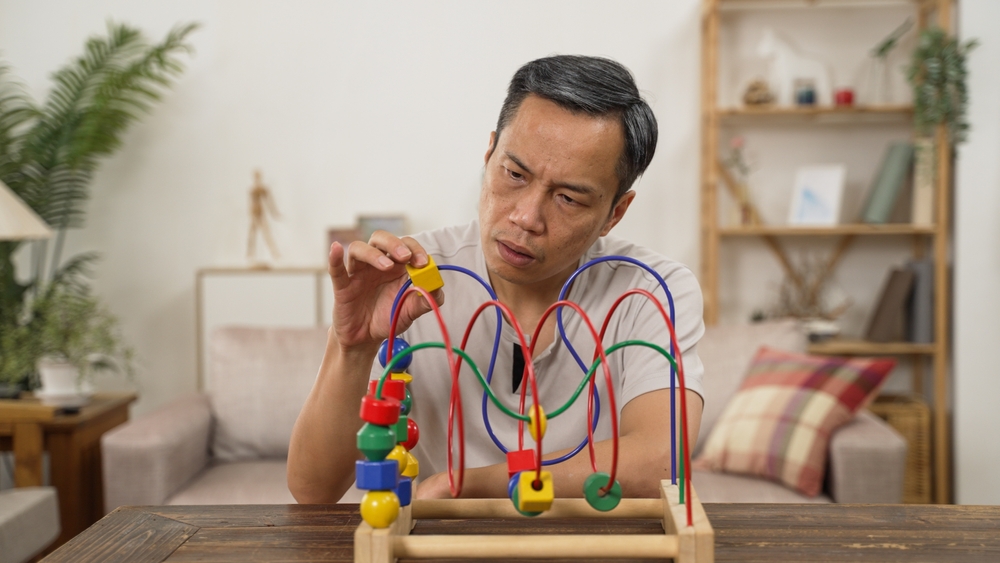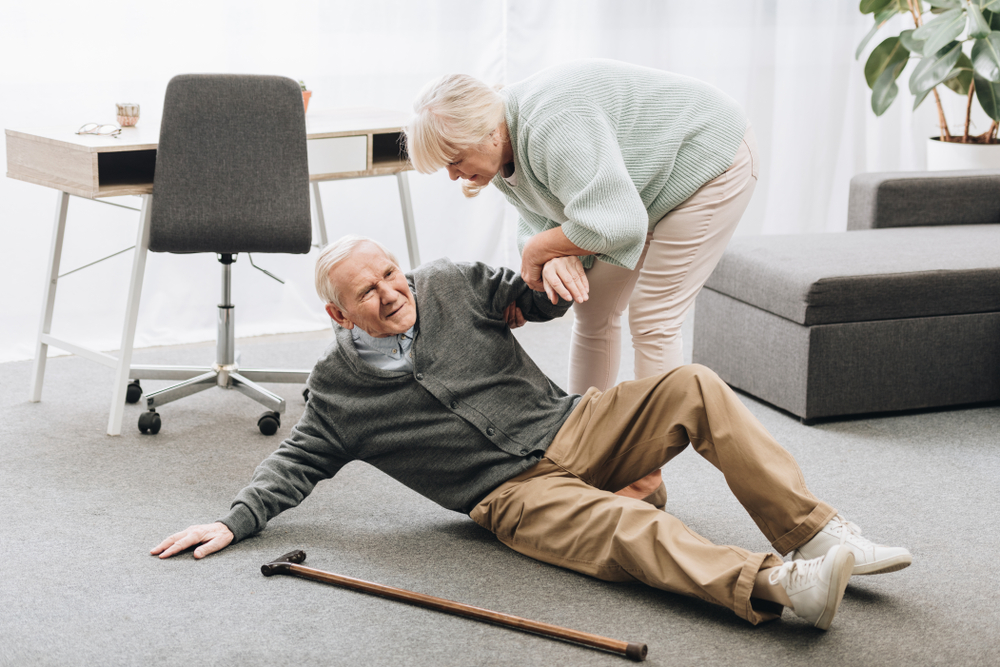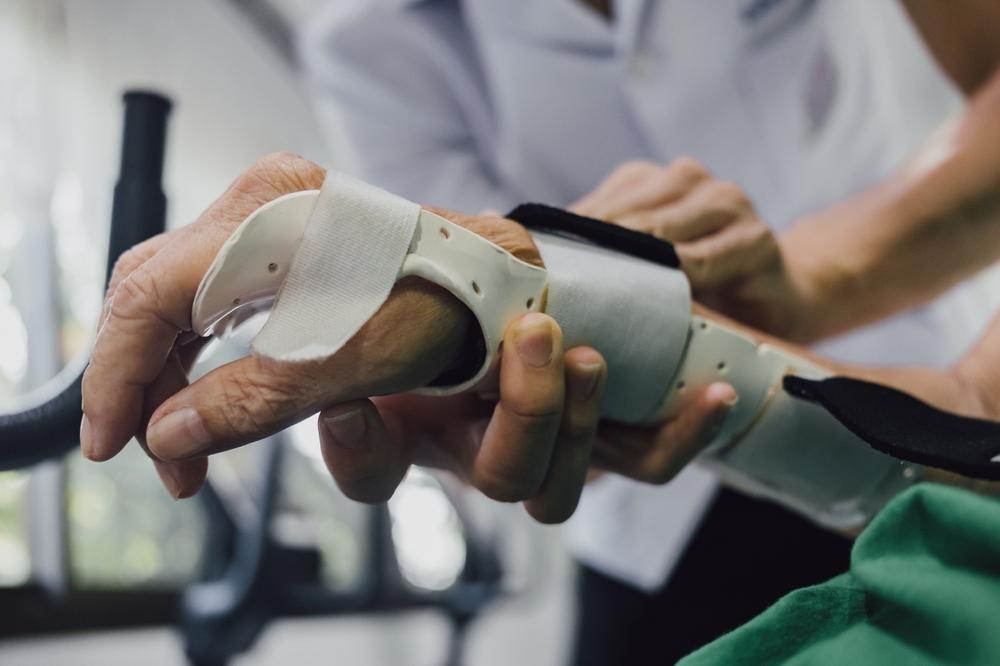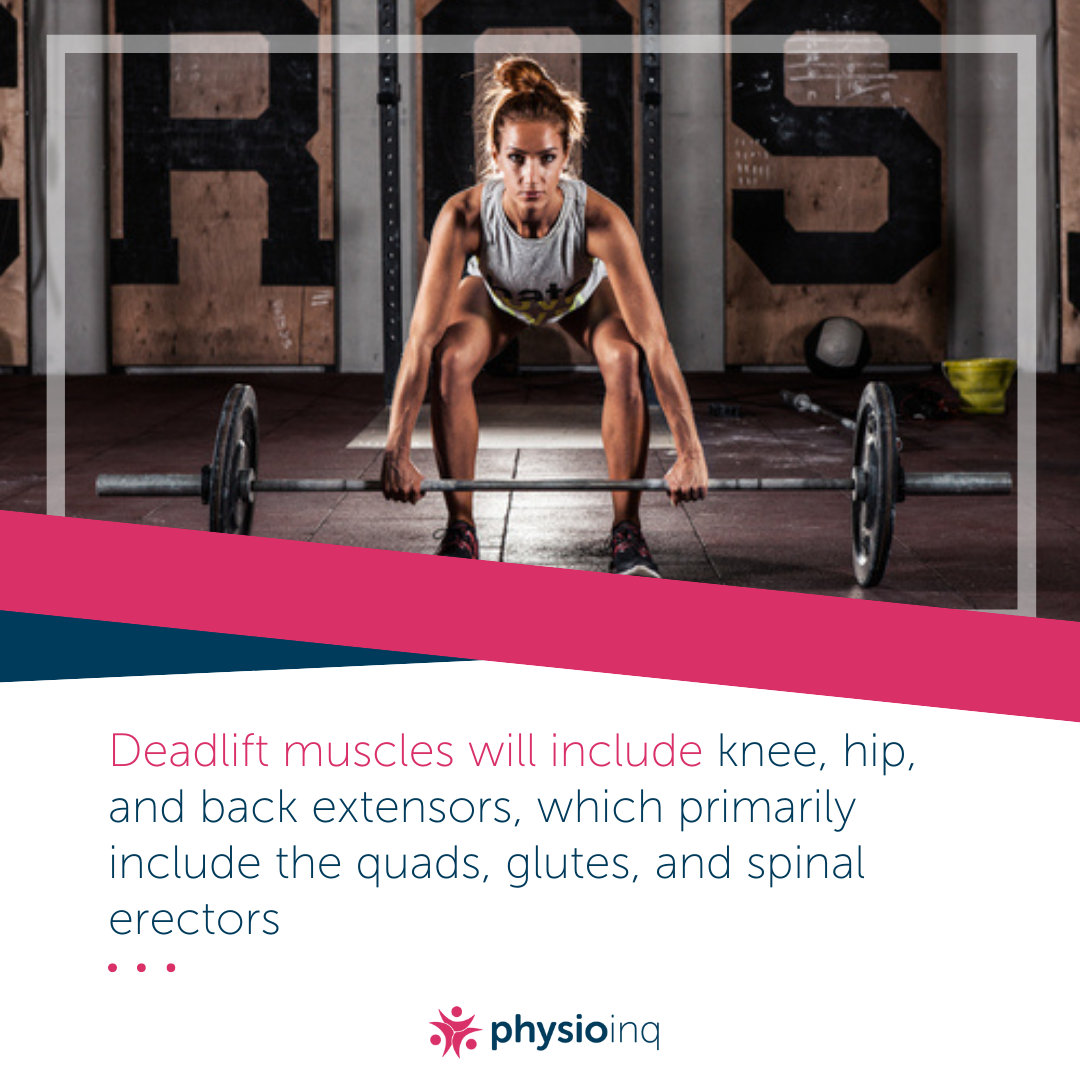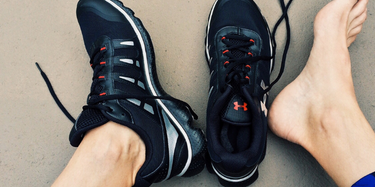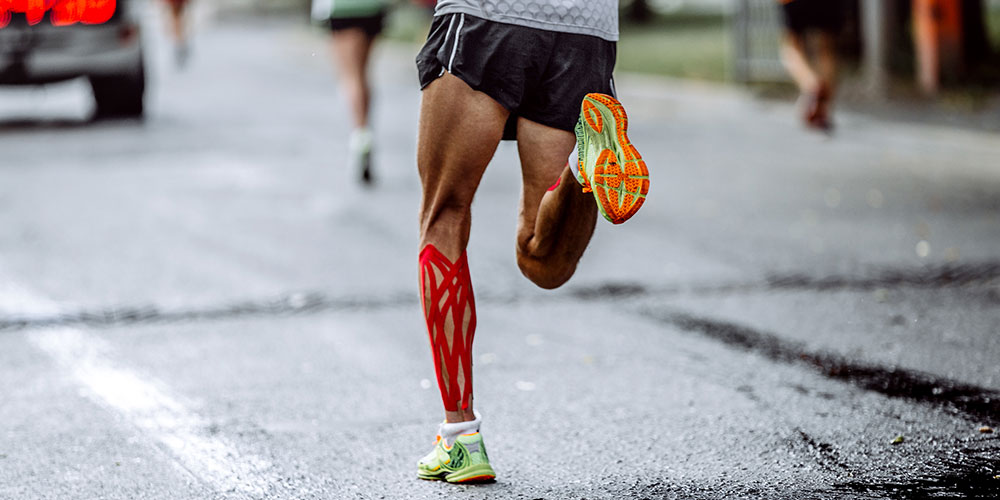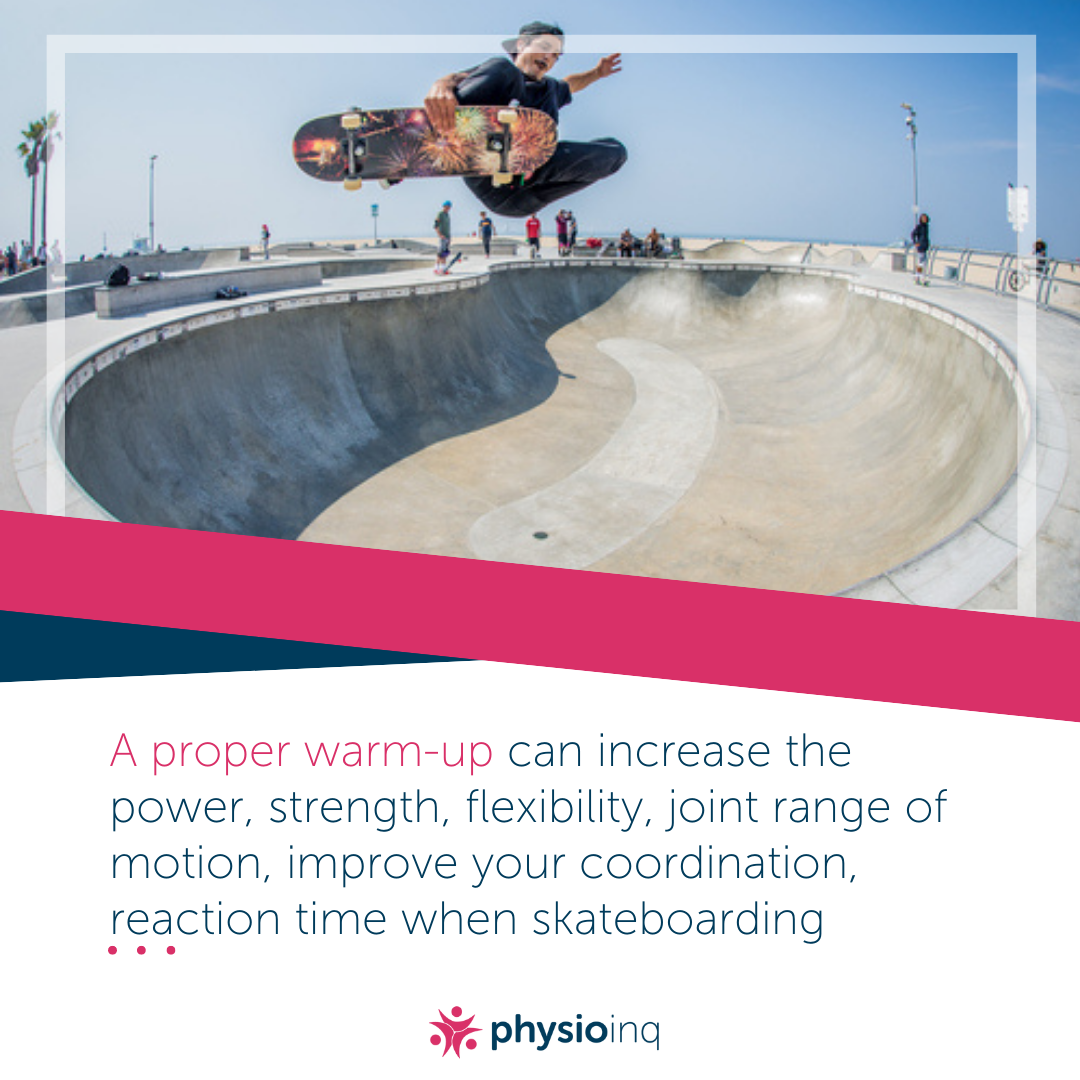Make an Appointment
Blisters on feet after running are commonly caused by friction between your skin and your socks or shoes. Other common causes are poorly-fitting shoes and foot problems like bunions, heel spurs and hammertoes.
Continuous friction causes the body to produce fluid as a cushion, which builds up under the skin and causes a lot of pain. Blood blisters happen when the friction has broken a small blood vessel.
The more common places to get a blister are where the most rubbing occurs. This would include your toes, heel, ball of the foot, and sole.
A bunion forms when the bones in your feet shift or if one side of your foot needs more support. Over a prolonged period, a bigger, tough bump will form around the joint of your toe.
The best way to treat this is to visit an orthopaedic shoe store to size you for a wider shoe.
Types of bunions are mainly organised by where they are located and how bad they are. Bunions on the big toe are the most prevalent. Some of the most common bunions are;
Hallux Valgus: This bunion is tender to touch, becomes very inflamed and pushes against the inside of the shoe. The bump is not a new bone growing but an overgrowth of the metatarsal. Footwear that is too tight is often to blame.
Tailor's Bunion: Taliors bunion also referred to as a "Bunionette" & "Tailot's Bunion" is the bony lump that forms along side of the little toe. The tailor's bunion occurs when there is a misalignment of the bones in the small toe. Overtime if untreated, it can impact on the way you stand and walk. Narrow shoes are a leading cause of tailor's bunions. Other reasons include genetics, walking with your feet leaning out, tight calf muscles & arthritis.
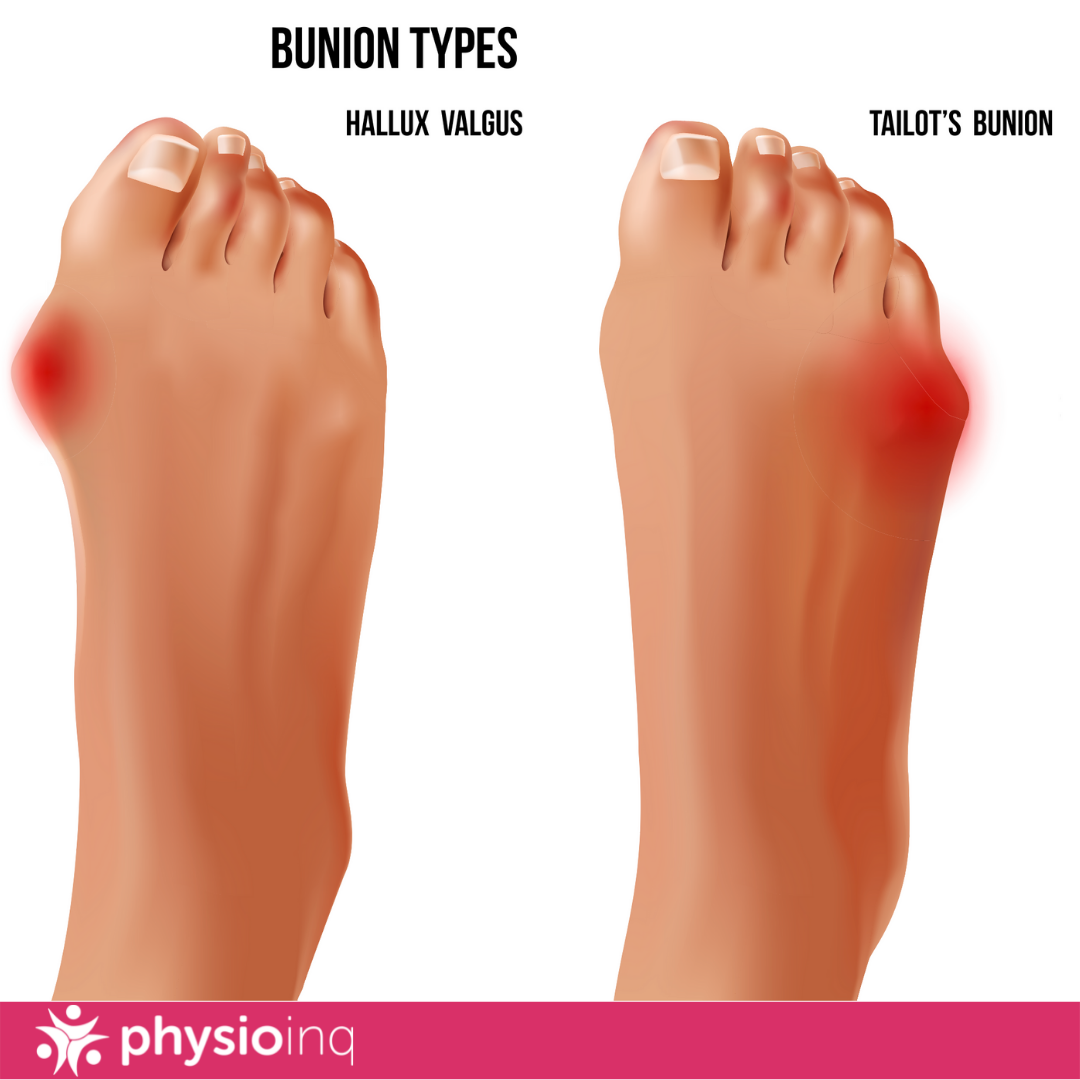
First Aid
If you’ve got a large blister, it’s best to drain it straight away otherwise it’ll continue to hurt. The best way is to wash your hands first, then sterilise a needle with a little surgical spirit or alcohol.
Make a small puncture in the blister and then drain out the fluid with gentle finger pressure. Then cover the area with a sticking plaster or a close-fitting bandage to keep germs from getting in.
If the blistering is severe, take the plaster off every day and soak your foot in Epsom salts to draw out any remaining fluid. Then place a fresh plaster or bandage on the area and keep it covered until your skin tightens up again.
Don’t use a flame to sterilise the needle because you’ll end up getting particles of carbon in the wound and cause more irritation.
If the blister is discoloured, give it a day or two of rest to settle down. Once it has shrunk a bit, then proceed with the steps listed above.
Small Blisters and Blood Blisters
Small blisters and blood blisters shouldn’t be drained, so leave the skin intact to provide a sterile environment.
“When the skin and the membrane of the skin are compromised by popping the blister, all of the bacteria that live on the skin normally can invade and could cause inflammation or an infection right away,” Jordan Metzl, M.D.
The same goes for blood blisters because you don’t want to risk getting bacteria into your bloodstream. To decrease swelling, cover the blood blister, and then address the cause of the blister.
Blisters on feet after running are commonly caused by friction between your skin and your socks or shoes. Other common causes are poorly-fitting shoes and foot problems like bunions, heel spurs and hammertoes.
Continuous friction causes the body to produce fluid as a cushion, which builds up under the skin and causes a lot of pain. Blood blisters happen when the friction has broken a small blood vessel.
The more common places to get a blister are where the most rubbing occurs. This would include your toes, heel, ball of the foot, and sole.
A bunion forms when the bones in your feet shift or if one side of your foot needs more support. Over a prolonged period, a bigger, tough bump will form around the joint of your toe.
Since this area of your foot is protruding out farther than the rest of your foot, it’s more prone to rub against your shoes or socks while running. This may cause blisters on top of the bunion.
The best way to treat this is to visit an orthopaedic shoe store to size you for a wider shoe.
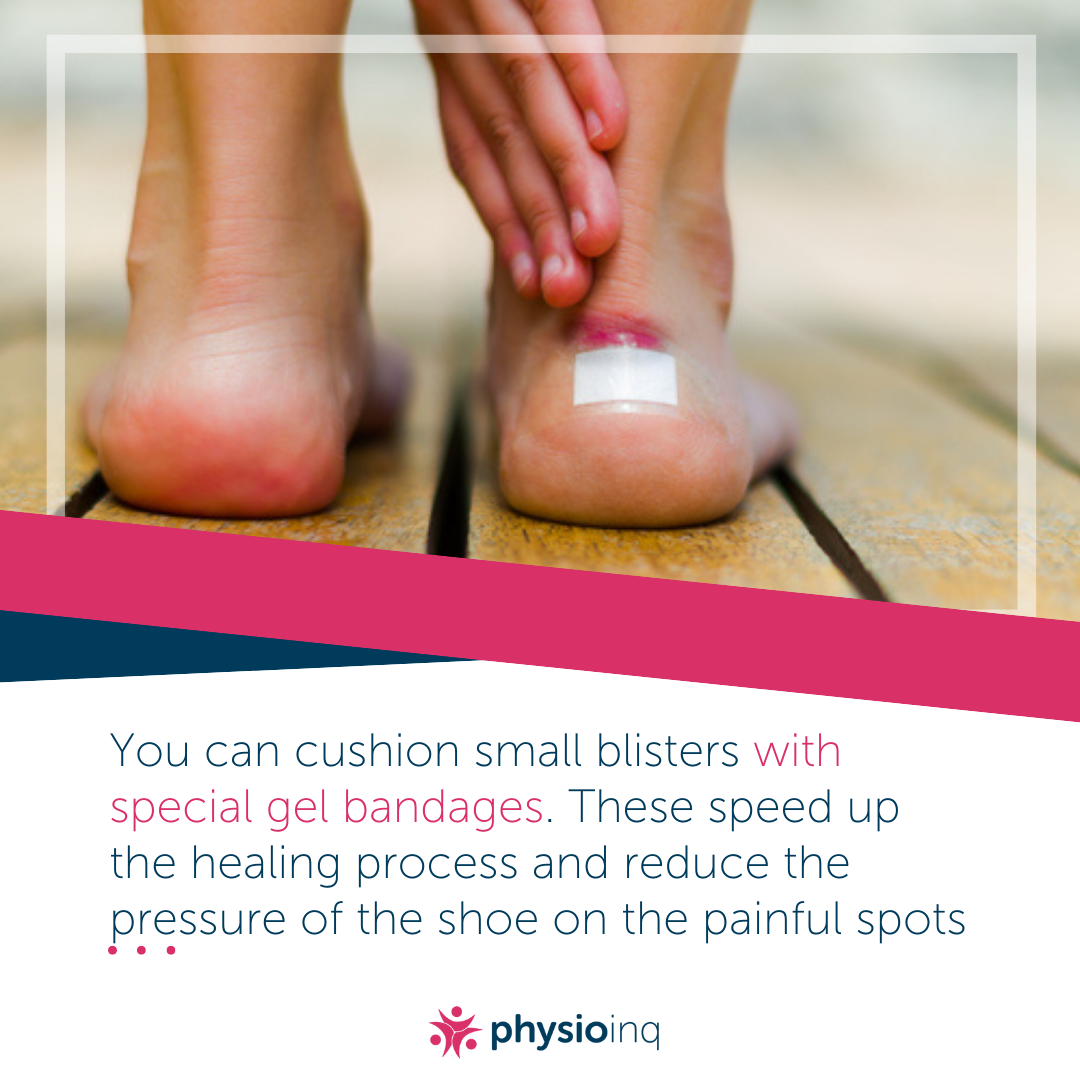
How to treat blisters on feet after running
Get some moleskin plasters from a pharmacy and cut a little hole in the middle of one, the same size as the blister, and then place it over the blister.
If the blister is small enough to fit under the plaster, go ahead and cover it. If the blister is bigger than the plaster, place gauze over the blister and plaster over that.
The thickness of the surrounding fabric from the plaster makes an extra cushion. This protects the blister from further friction. This should stop the pain and the blister will then dry up and heal on its own.
To treat blisters on bunions from running, wash the area and apply antibacterial cream. Then cover it with gauze and tape, and change the dressing daily, or more if needed. Wear different wider shoes to prevent further injury.
Prevention
When it comes to blister prevention for running, you have two options going in opposite directions.
The first is to moisten your feet with Vaseline to prevent friction before a run and moisturise your feet with skin cream every day. The second is to dry out blister-prone areas with baby powder or anti-chafing powder.
Synthetic socks are best as they wick moisture away from the skin, whereas cotton retains fluid. If you are a marathon runner, it is common to change socks halfway through the race.
For the best range of Synthetic socks visit swiftsports.com.au
Best Blister Plasters for Runners
The best blister plasters for runners are zinc oxide tape and ENGO Blister Patches.
Zinc Oxide Tape works by preventing rubbing against your direct skin. With one adhesive side, this tough, rigid tape is used by athletes across the board to help with injury prevention
ENGO Blister Patches go on the shoe or sock, not your skin. These work to help break in your new shoes by softening the tension and providing immediate relief if a blister starts to form. Also great for hockey players, dancers, high heels and hikers.
Best Blister Plasters for Hiking
The best blister plasters for hiking include the following.
All Health Extreme Hydrocolloid Gel Blister Cushion Bandages - Best for long-lasting, multi-day use and keeping your feet safe from dirt and bacteria. They are designed to bend and flex with your foot providing the ideal comfort.
Frederick's Original Better Blister Bandages - If you’ll be hiking through water, these are for you! These are similar to moleskin with the added benefit of helping to heal your blister while you wear it.
Scholl's Blister Cushion with Duragel Technology https://www.drscholls.com/p/foot-blisters/blister-treatment-cushions-with-duragel-technology/ - While thicker due to the added cushion, these are best for long fitness walks or people who are on their feet a lot.
Moleskin can also be used to cover areas prone to blisters and prevent them from forming. If you follow these simple steps, you can fix a blister fast and allow it to heal without infection.
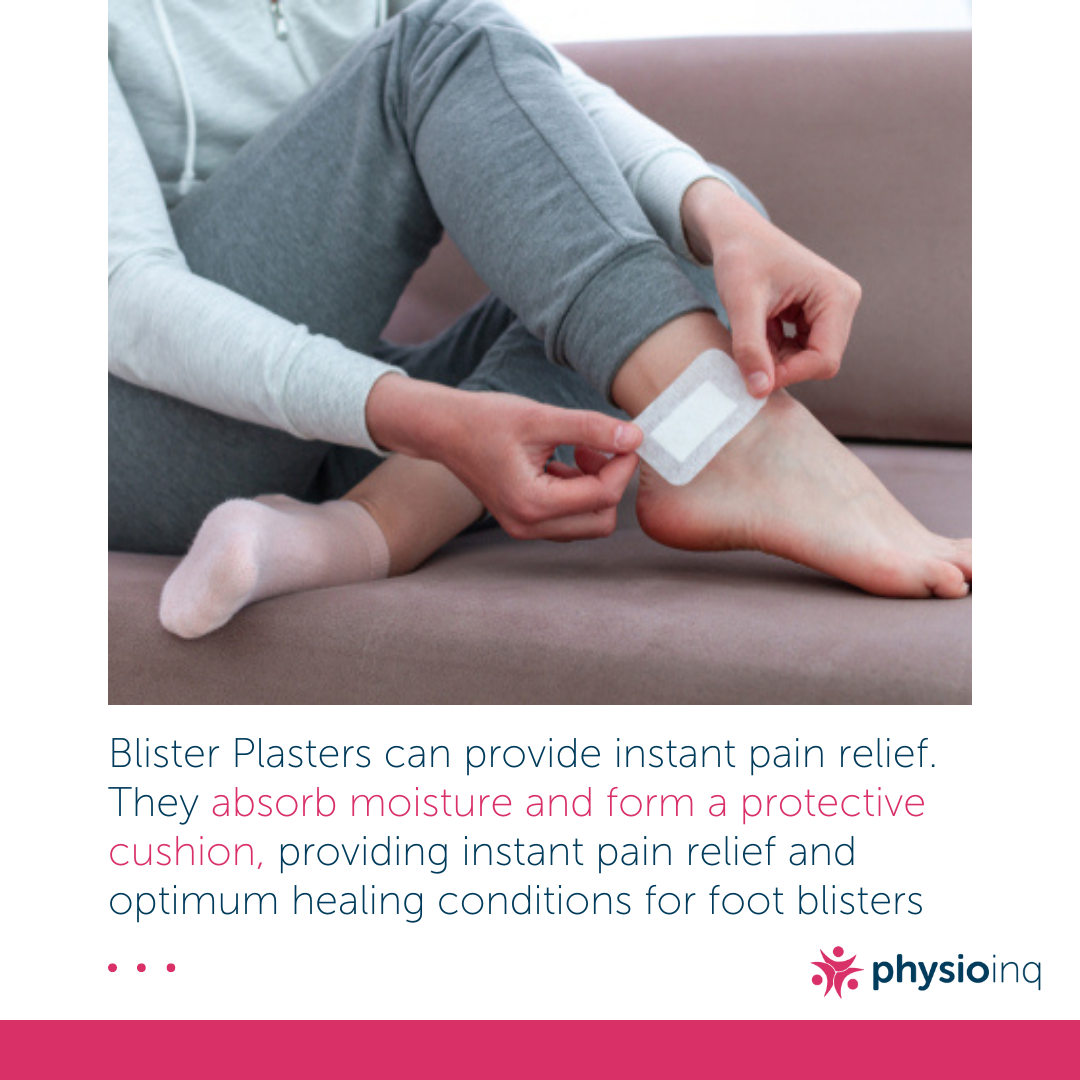
Date Published: Thursday, February 24, 2022
Locate a Mobile Physiotherapy
Service Near me
Get the experience & convinence you deserve to support your or a loved one's allied health needs.
Our Mobile Physiotherapy team are currently serving & taking appointments in the following states and regions in Australia:
New South Wales
- Blacktown
- Blue Mountains
- Campbelltown And Macarthur
- Canterbury-Bankstown
- Eastern Suburbs Sydney
- Georges River
- Hawkesbury
- Inner East Sydney
- Inner West Sydney
- Lake Macquarie
- Lower North Shore
- Newcastle
- Northern Beaches
- North Sydney
- Parramatta
- Penrith
- Southern Highlands
- South West Sydney
- Sutherland Shire
- Sydney CBD
- The Hills Shire
- Upper North Shore
- Waverley
- Wollongong
Tasmania
Victoria
Need to get into direct contact with ur Client Services team? We're all ears. Call our team directly on 1300 731 733



